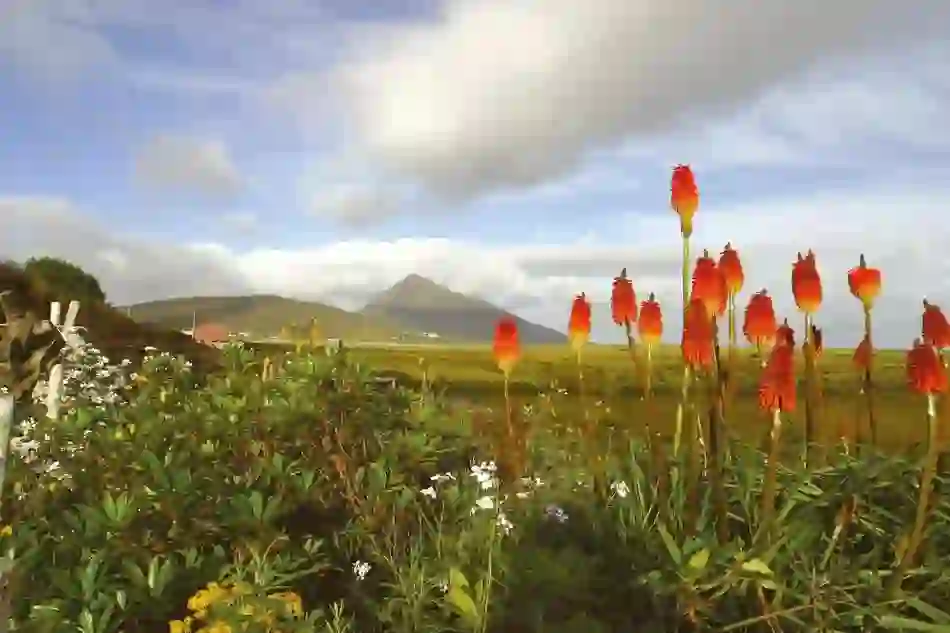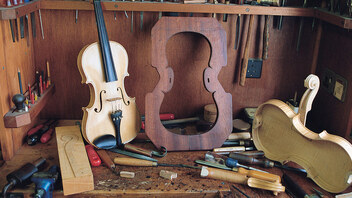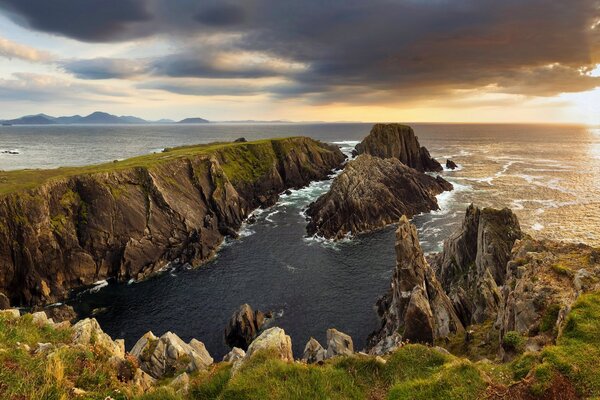

Why you should experience traditional music in Ireland
Music, they say, is the universal language of mankind. Here on the island of Ireland, our traditional music is a non-stop celebration of sound and storytelling. It’s not just about the music, it’s about the warm and welcoming atmosphere that surrounds the folks whose tunes pour out from a pub’s fireside corner or liven up a cobblestoned street.


Tig Cóilí, County Galway
Our music brings people together
Music is a language in Ireland. It’s how our most epic myths and glorious rebel stories are recorded; how we’ve captured and shared the lives, loves and losses of countless generations. It’s heartfelt and hopeful, filled with pride and passion and the desire to communicate. You simply can’t listen without feeling a part of something.
“What makes traditional music so special is the strong sense of community it builds,” says Dr Sandra Joyce, Director of the Irish World Academy of Music and Dance. “Musicians who don’t know each other at all often play together. It’s all about getting together socially and playing tunes, purely for the enjoyment of it.”


Sixes and Sevens concert
What you need to know about traditional Irish music
Even if you can’t recite any lyrics or names of musicians, you’ll recognise Irish music as soon as you hear it. A reel is the most common type of dance, carrying four beats in every bar, and you can tap along with a “one-two, one-two” rhythm. A jig, meanwhile, has what are known as syncopated beats. Listen for the rhythm: it sounds like “one-two-three, four-five-six”, and is simple to pick up.
Traditional music is social, it’s oral, it’s diverse. And it’s so accessible.
DR SANDRA JOYCE, DIRECTOR, IRISH WORLD ACADEMY OF MUSIC AND DANCE
Fiddle, flute, banjo, mandolin, accordion, bodhrán (drum) and harp are all loved by trad musicians – though a session doesn’t require them all to make for a great night. Together, the diverse tones blend beautifully, giving Irish music its enviable ability to shift from lively to heart-wrenching in the space of a single verse.
So, be prepared for your toes to tap, your knees to hop and your hands to slap the table. And don’t hold back when you feel the urge to leap up and dance around to The Irish Rover or Rare Old Mountain Dew; or shed a tear at Raglan Road or Mo Ghile Mear (My Gallant Hero).


Fleadh Cheoil, Derry~Londonderry
What you need to know about Ulster Scots music
Further north, the musical heritage sings just as loudly. Like its traditional Irish counterpart, Ulster Scots music champions the fiddle, tin whistle and flute; but it also draws hugely from Northern Ireland’s strong marching band tradition, with the Lambeg drum, fife and bagpipes giving Ulster Scots music its distinctive sound.
What’s truly special about Ulster Scots events is how inclusive they are. It’s a reflection of the music’s roots in communal music-making, from the marching band or gospel choir to the "kitchen music" of fiddle and whistle.
GORDON RAMSEY, ULSTER-SCOTS MUSIC EXPERT, QUEEN’S UNIVERSITY BELFAST
Perhaps the best-known dances from around these parts are the hornpipe and polka. Though similar in rhythm to a reel, a hornpipe can be distinguished by its slower tempo. A polka, meanwhile, has an upbeat “one-and-two-and-one-and-two-and” rhythm. If you’re looking for a sing-along, tunes such as the rip-roaring My Aunt Jane and soothing Muttonburn Stream are ever popular.
Where to hear Ulster Scots music


Fleadh Cheoil, Derry~Londonderry
Learn the lingo – a quick guide to what's what
Reel, jig, waltz, hornpipe, polka: Common types of traditional dance.
Fiddle: An Irish violin.
Tin whistle: A very common, six-holed wind instrument, also simply called a whistle.
Lambeg drum: A huge, double-sided drum, usually carried.
Fife: A small, high-pitched flute.
Low whistle: A larger variation on the traditional tin whistle, with a lower pitch.
Squeeze box: Another name for an accordion or concertina.
Bodhrán: A bodhrán (bow-rawn) is a one-sided, handheld drum.
Uilleann pipes: Uilleann (ill-ann) pipes are powered by a set of bellows controlled by the musician’s elbow (uilleann). Uilleann piping has been inscribed on the Representative List of the Intangible Cultural Heritage of Humanity by UNESCO.
Céilí: A céilí (kay-lee) is an event where people dance to traditional music, usually in pairs and groups.
Session/Seisiún: A seisiún (sesh-oon) is when a group of musicians play music together, usually in a casual setting.
























